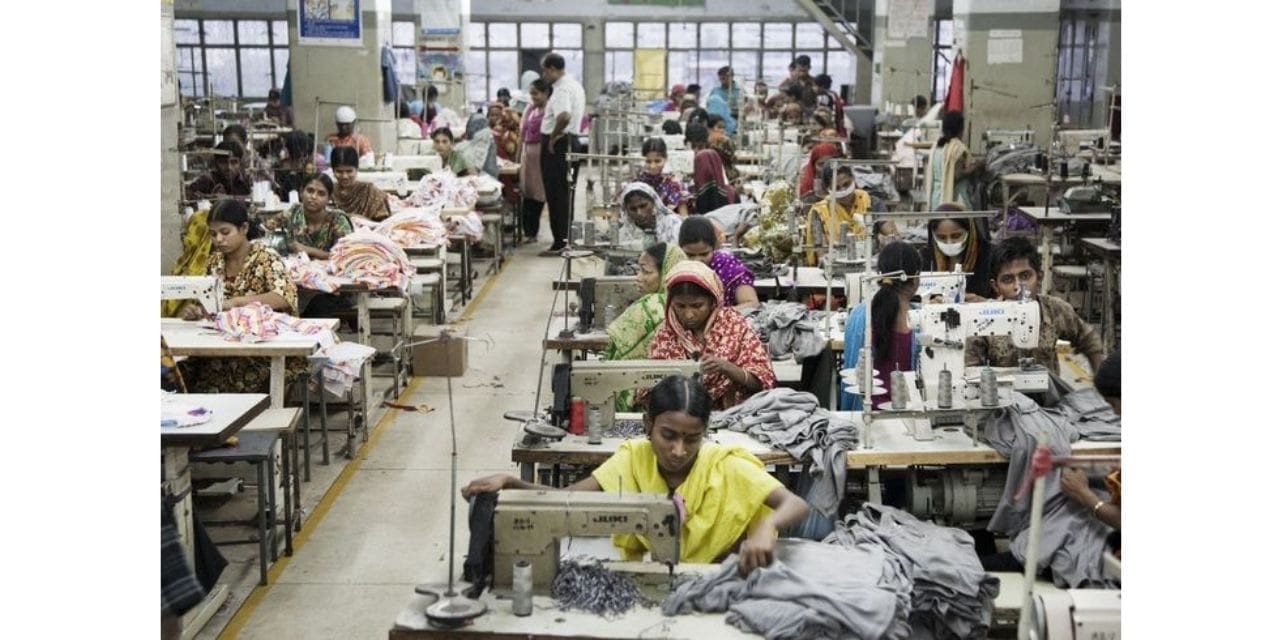The textile industry in India is one of the country’s oldest, stretching back several centuries. Today, the textile sector accounts for 14 percent of total industrial production, 30 percent of total exports, 4 percent of India’s GDP, and is the second-largest job creator after agriculture.
The industry is very diversified, catering to a wide range of divisions including traditional handloom items, cotton, wool, silk products, natural and man-made fibre, yarn, and clothing. Textiles are widely used in major end-use sectors such as healthcare, defence, automobiles, and construction. Its huge potential for job creation in the industrial and organised sectors in rural and urban regions has converted the industry into a key contributor to the economy’s acceleration.
The textile industry in the country has enormous development potential, and with a more technologically innovative supply chain in place, the sector’s advancement may be accelerated even further. Between 2000 and last year, the industry attracted FDI inflows in excess of $3 billion, significantly propelling the sector’s expansion.
Cotton is the most important component of the Indian textile industry. The pandemic-affected sector has managed to convert the problem into an opportunity. Because of its virtual operations, the post-COVID-19 period has provided a development opportunity for the digital textile sector. The significance of technology in enhancing the industry’s potential has resulted from its function as a game changer.
The National Textile Policy (NTP) 2000 aims to create jobs through increasing worldwide investment. By delivering data-driven customer operations, technology has transformed the textiles sector to suit growing needs and trends. SVP Global Ventures has invested in cutting-edge manufacturing technologies in order to increase corporate operations and production capacity. In Jhalawar, Rajasthan, the firm has constructed a cotton yarn automated production plant with 150,000 spindles and 2,400 rotors.
With sophisticated gear and Artificial Intelligence (AI) technologies, the firm can produce yarn of the finest quality while maintaining greater operating margins than traditional spinning mills. These technologically infused initiatives, as well as labour upskilling and logistical efficiency, will result in increased production.
Overall, the future of the Indian textiles sector appears to be bright, with significant advancements underpinned by robust local consumption and healthy export demand. Furthermore, the slow economic growth/new normal in the midst of the pandemic has resulted in increased disposable incomes, which has led to an increase in product demand, resulting in a larger domestic market.
Image Source: pinterest

